
There’s nothing like an English rose garden to bring lavish sights and smells to your yard. However, they do require a bit of special care to grow successfully. If you want to grow what many describe as the “perfect rose,” here’s how:
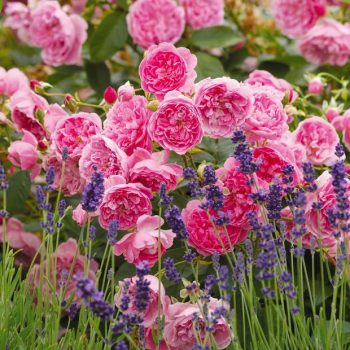
1. Buying English Roses
Most local nurseries carry or can get English roses for you. You can even order them online.
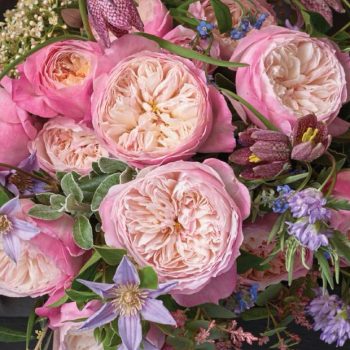
2. Planting
English roses will grow well in US zones 5-9. A few varieties will grow in zone 4 as well. For bare-root, they should be planted in the fall or early spring. For potted roses, you can plant them anytime except the hottest months of the year. You’ll want to add compost into the hole, and plant with the graft union (large bump at the plant base) 2 or 3 inches under the soil level. As English roses require good drainage, you’ll want to mix organic matter into the soil. Water thoroughly after planting, then add 2 inches of mulch.
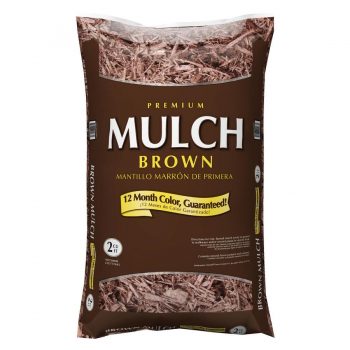
3. Watering
For the first season, your roses need to stay moist. You’ll likely need to water them every other day. Once they’re established, moderate watering should be fine.
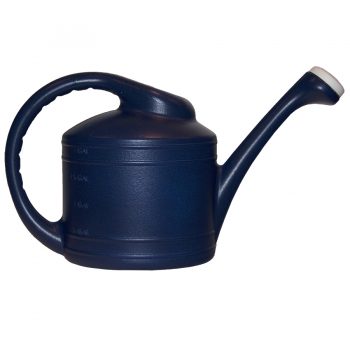
4. Fertilize
Any rose fertilizer will serve your English roses well. Fertilize once early in the season, and once after the first bloom to feed repeated flowering.
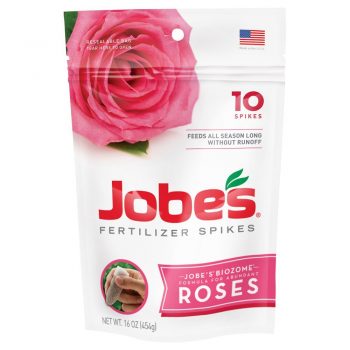
5. Pruning
Pruning English roses doesn’t require special skills or secrets. Just prune them in early spring into a pleasant shape. For a smaller plant and larger (albeit fewer) blooms, prune more. For a larger plant with smaller blooms in larger numbers, only cut damaged parts or trim gently to your desired shape. At the end of the season, cut off the dead blooms.
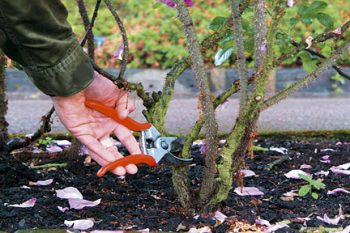
6. Cutting Flowers
There’s nothing like bringing a bouquet of fresh roses inside to brighten your table. While they are delicate and often lose petals when cut, nothing looks more beautiful in a large vase. Some varieties will hold up better to cutting. These include Evelyn, Abraham Darby, Princess Alexandra of Kent, and Teasing Georgia. You can really cut any variety, however. Just remember they may not last long. Cut them in the late bud stage with a long stem.

7. Diseases & Pests
Watch for powdery mildew and black spot diseases. These can usually be treated with a traditional or organic fungicide for roses. As far as bugs go, aphids can be a problem as can thrips. Insecticidal soap is effective against both. It’s also best to water early in the day, both to prevent evaporate and to ensure leaves aren’t still wet when it gets dark — this will help prevent fungus growth. Every couple of days, you can spray plants well with a hose to rinse off pests. When leaves do get diseased, you can often just remove the bad parts and the plant will recover just fine. Be sure to destroy those cuttings, as they’ll spread the disease to your compost pile.
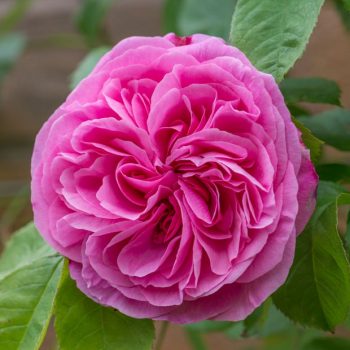
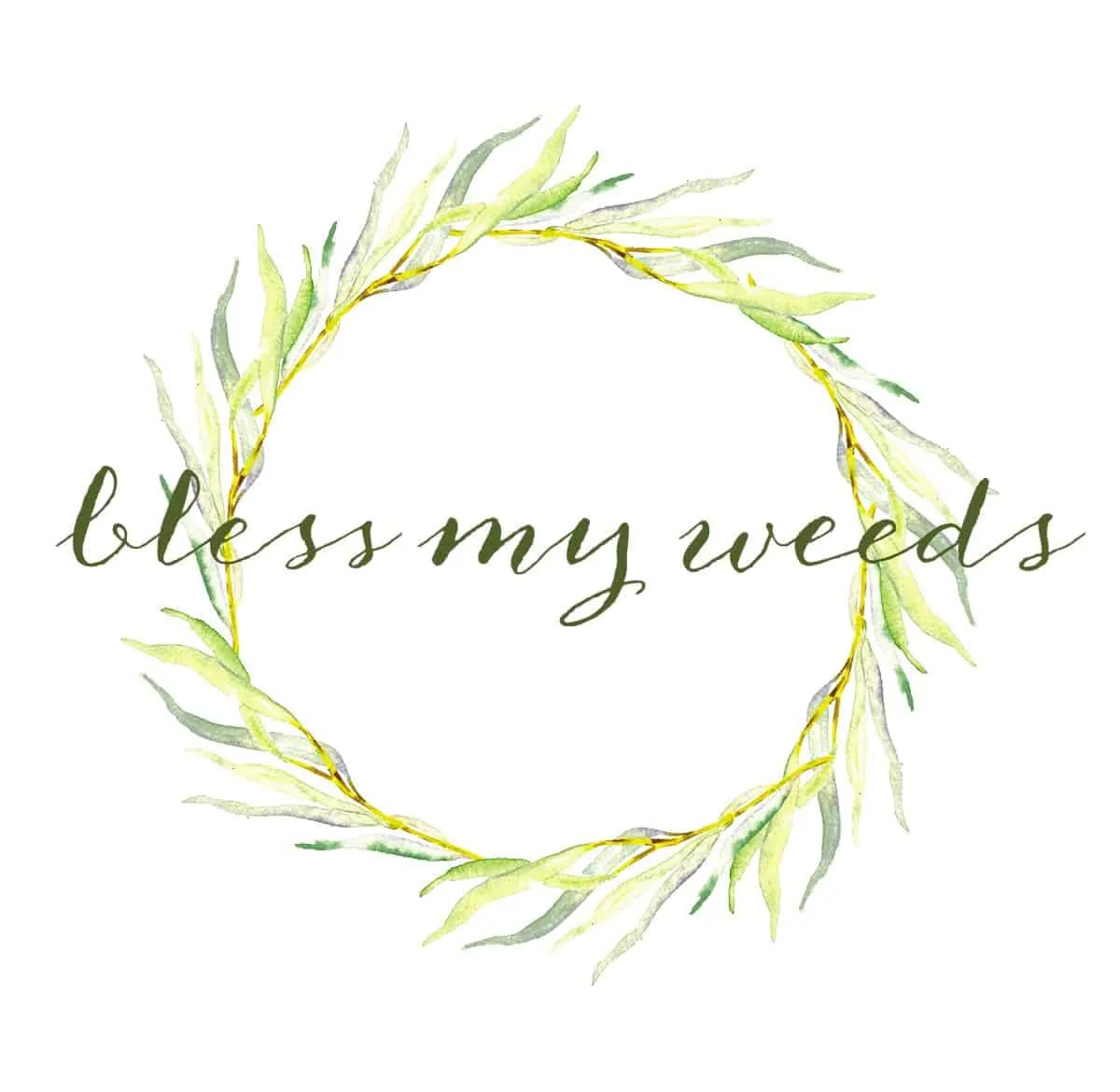
Leave a Reply